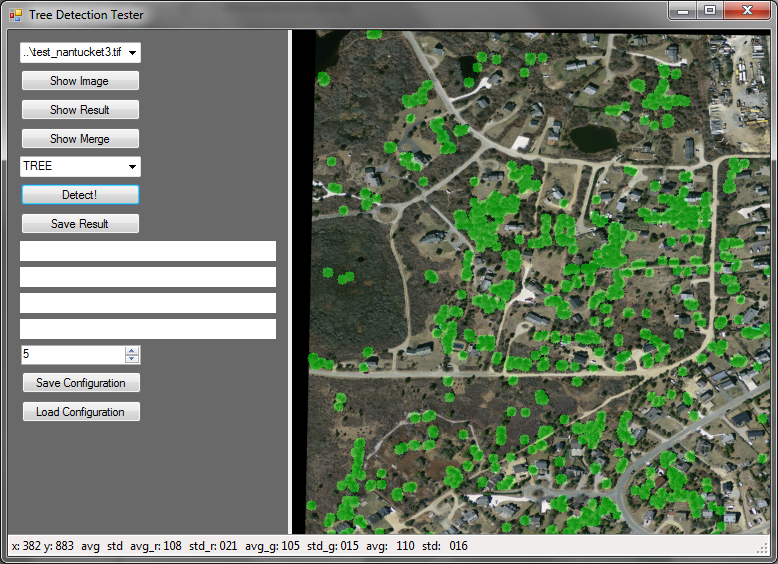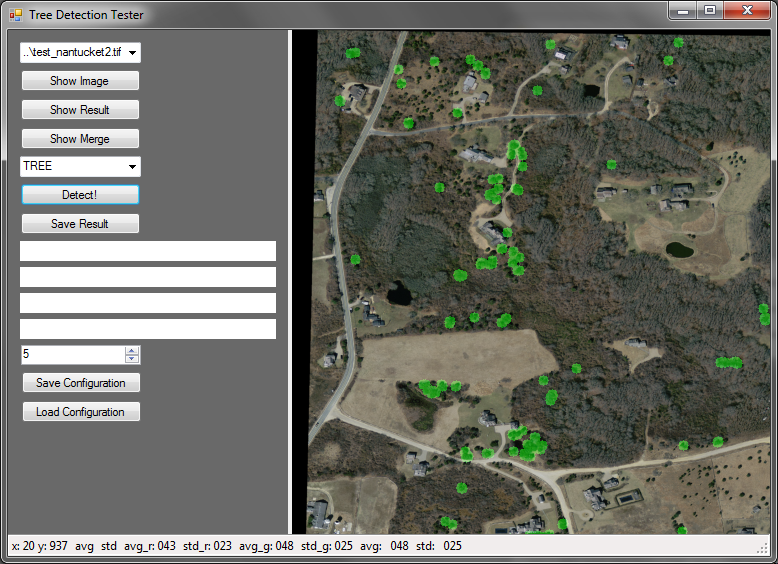Let me start with the answer to the question I posed in the title: YES.
Earlier this week I introduced a scenProc update that could handles holes in shapefile polygons. This new features used the functions I have to do boolean operations on polygons. Things like intersect or subtract two polygons. This functionality is also used in the ground polygon wizard of ModelConverterX or in the SPLITGRID step of scenProc. Initially I noticed that loading the shapefiles with holes took quite a bit longer than loaded the shapefiles before.
So time to have a look where that extra time was spend. Not really surprisingly it was inside my boolean functions. After I used a profiler to see in which functions most time was spend (it is always in the functions that you don’t expect), I was able to optimize the algorithm quite a bit more.
So compared to the beginning of the week, my boolean functions have become at least 6 times quicker. That will not only be useful when importing shapefiles with holes, but also when performing the SPLITGRID step. So I hope you enjoy the extra speed.
 SceneryDesign.org
SceneryDesign.org 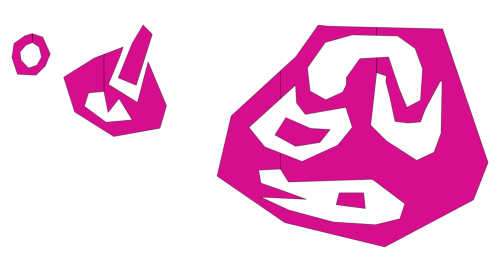
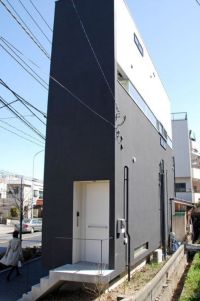 Two users recently reported the same problem to me with autogen files made with scenProc. In Annotator they could not see all the buildings and after saving in Annotator many of the buildings were gone.
Two users recently reported the same problem to me with autogen files made with scenProc. In Annotator they could not see all the buildings and after saving in Annotator many of the buildings were gone.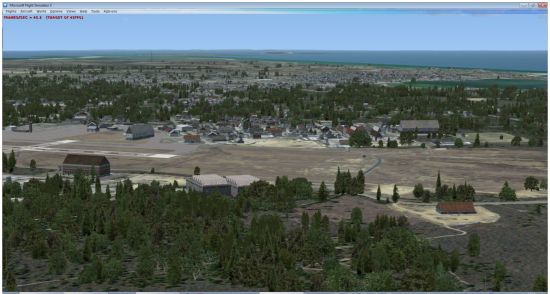
 In my bug reporting system I can see that it relatively often happens that people run into trouble (crashes) because they remove the SPLITGRID step from their configuration file. If you then try to create autogen features scenProc will crash. This is because I assumed that the SPLITGRID step will be done first. This step will make sure all features are divided correctly in the terrain grid used by FS.
In my bug reporting system I can see that it relatively often happens that people run into trouble (crashes) because they remove the SPLITGRID step from their configuration file. If you then try to create autogen features scenProc will crash. This is because I assumed that the SPLITGRID step will be done first. This step will make sure all features are divided correctly in the terrain grid used by FS.